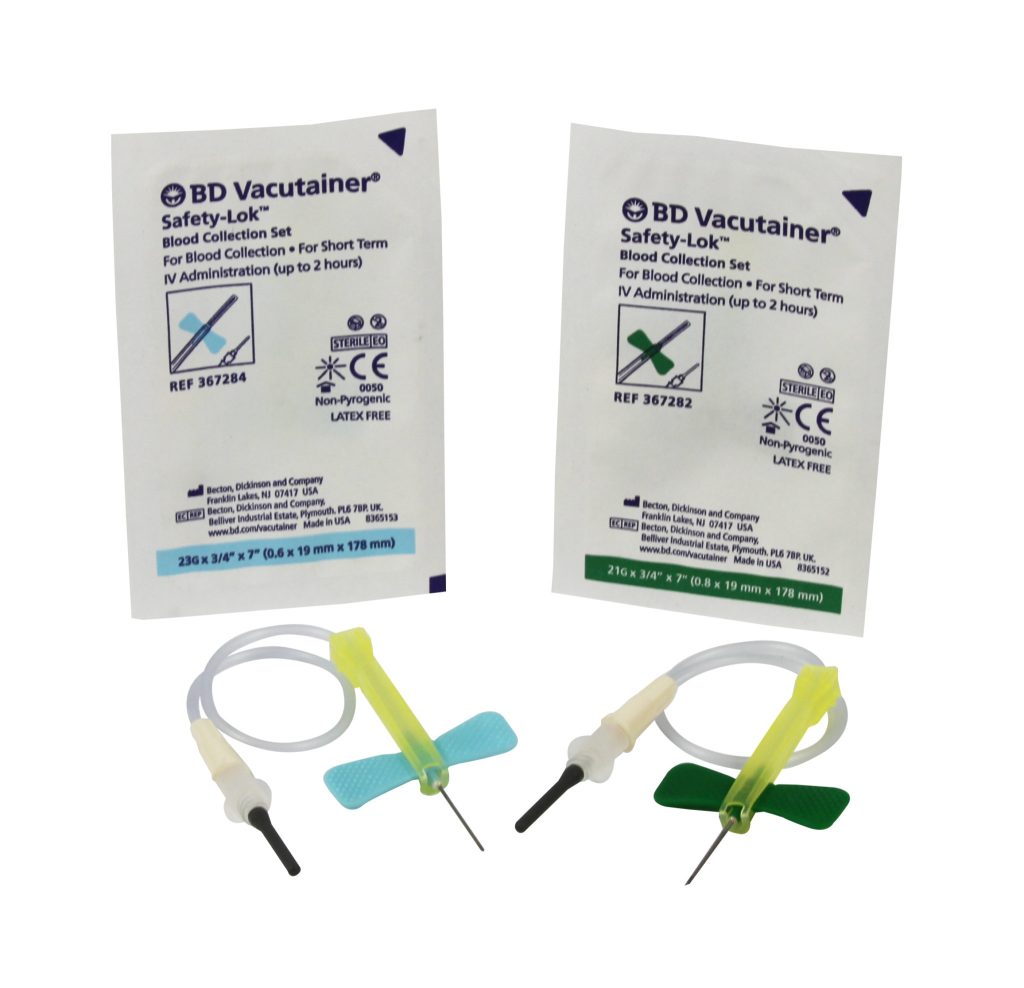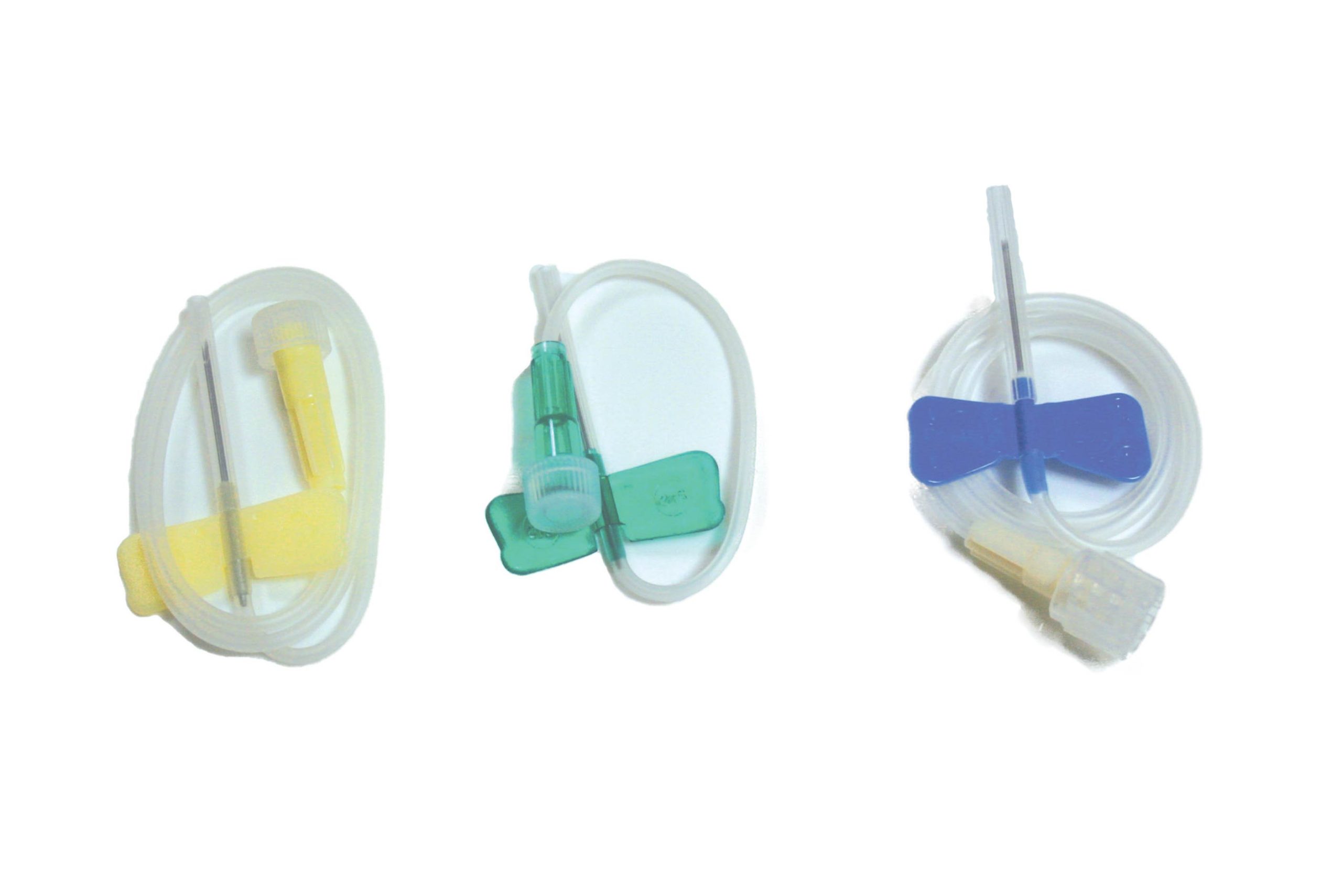Butterfly Needles: Minimizing Pain with the Right Size and Gauge
Butterfly needles, also known as winged infusion sets or scalpels, are an important part of any hospital or clinic’s medical supplies. They are generally used to draw blood from a patient, insert medication intravenously, or transfuse blood products. Minimize pain with Butterfly Needles by choosing the right size and gauge for the procedure. The smaller the needle, the less pain and discomfort the patient will feel. Knowing how to choose the right size and gauge of butterfly needles is essential to minimize pain and increase patient comfort during the procedure.
The Basics of Choosing Butterfly Needles
When selecting a butterfly needle for a particular patient, it is important to consider the size and gauge of the needle. The size will determine the amount of fluid that can be drawn from a vein, while the gauge determines how much the patient will experience pain and discomfort. Here are some tips on choosing the right size and gauge for your patients:
1. Understanding the gauge
The gauge is an indication of how thick or thin the needle is; this helps determine how much pressure needs to be applied to insert it into a vein. In general, smaller gauges cause less pain but require more skill to manipulate into position. Larger sizes may cause more pain but are easier to use due to their greater thickness. Therefore, when choosing butterfly needles, always opt for larger gauges if your patient has fragile veins or delicate tissue that may not tolerate thinner needles well.

2. Consider the length
Needle length plays an important role in determining which type of butterfly needle should be used for a particular patient’s needs. Shorter lengths are best for shallow veins, while longer lengths work better for deeper veins; you should always consult your healthcare provider if you’re unsure about which length is best for a particular situation, as incorrect lengths can lead to complications such as bruising or hematomas during insertion.
3 . Matching needle size to blood volume requirements
After considering both length and gauge, the next step is to match the needle size to the blood volume requirements; this ensures that sufficient blood can be withdrawn without overstressing fragile veins or causing undue trauma during extraction/infusion procedures. In general, larger sizes (18-20g) are preferred when large volumes need to be withdrawn, while smaller sizes (25-30g) should be sufficient when only small amounts are required, such as when administering medication via infusion pumps or measuring certain hormone levels in serum samples.
4. Comparing different brands and types
Different brands offer different types of butterfly needles, ranging from traditional steel models with plastic hubs (standard models) to ergonomic stainless steel versions with ultra-sharp tips (for increased accuracy). In addition, there are pre-loaded needles that come ready to use in sterile packaging, as well as non-coring models designed specifically for high-viscosity fluids such as chemotherapy drugs and contrast agents used in imaging studies, etc., so be sure to compare different brands before making your final decision on which would be best for your patient’s individual needs/situation.

5. Sterilisation & storage considerations
Finally, it is important to remember that unless disposable options have been chosen, any reused equipment must first undergo proper sterilization procedures before being reused on other patients; in addition, any unused equipment must also be stored safely away from direct light sources until it can be used at a later date, as exposure to ultraviolet radiation can damage its effectiveness over time, even if it has been properly sterilized beforehand, so exercise caution here too!
Conclusion
Choosing the right size and gauge of butterfly needles involves taking into account several factors, including depth/length requirements, blood volume requirements as well as brand selection criteria, among many others – all of these points need to be carefully considered before making any selection decisions, so make sure you take them all into account before doing so! Ultimately, proper knowledge of these details will go a long way towards minimizing potential risks associated with the use of incorrectly sized/sized devices while also ensuring maximum comfort levels during procedures using such devices – ultimately leading to improved clinical outcomes & happier patients overall!
